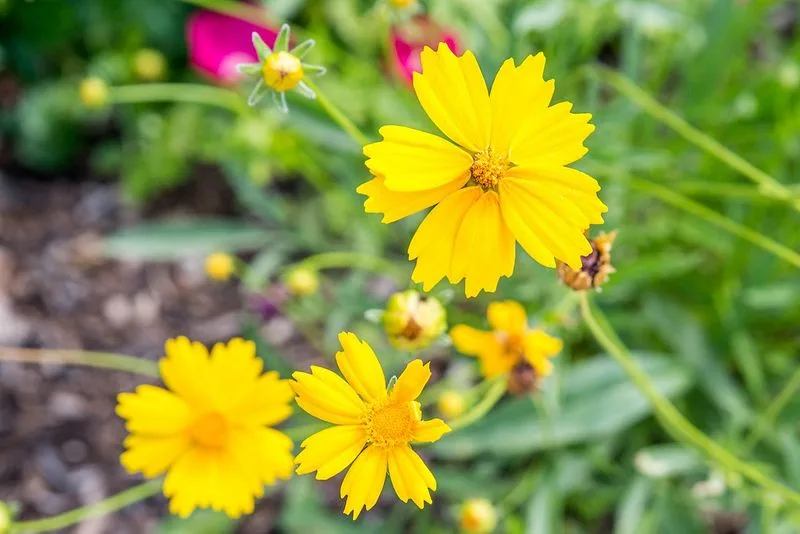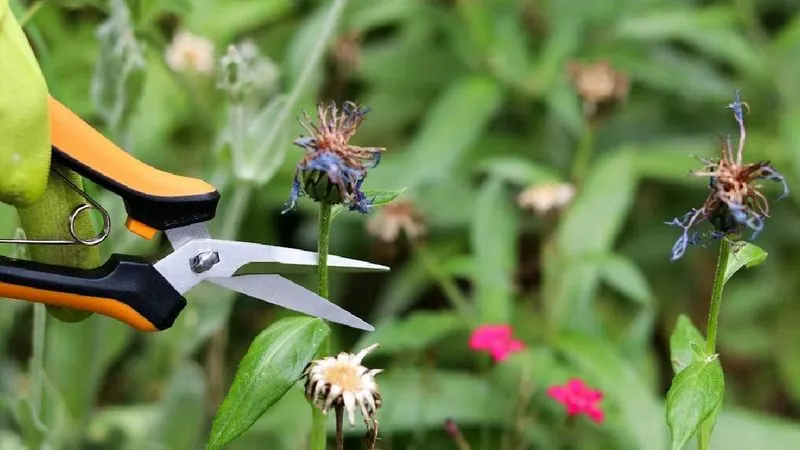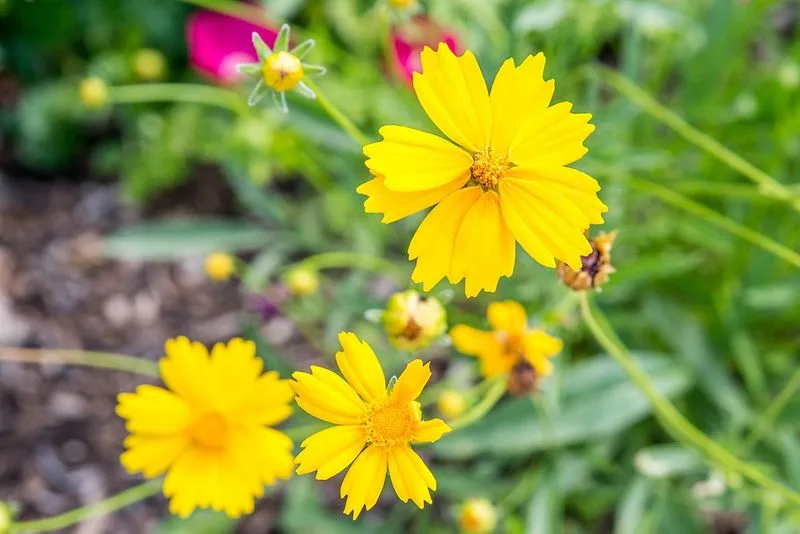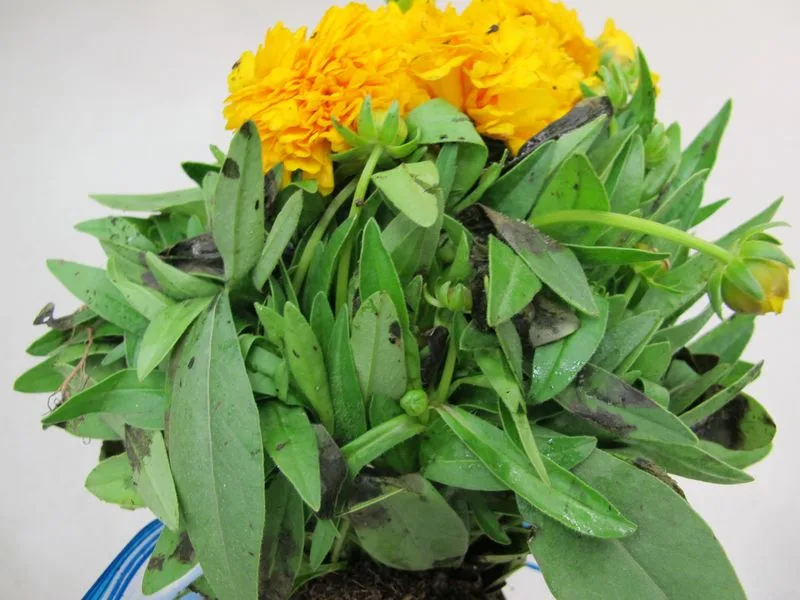Coreopsis isn’t just another flower—it’s a full-blown fireworks show in your garden. Bold. Bright. Relentless. Until it’s not. One minute you’ve got golden petals lighting up the yard, and the next, it’s all stems and disappointment. Where did the blooms go? Why did it quit on you in mid-July like a lazy summer intern? Don’t take it personally. Coreopsis loves to bloom—but only if you give it what it wants. The good news? It’s not asking for much. A few tricks here, a snip there, and you’ll have a garden that glows straight through to fall. Let’s keep those blooms coming. Nonstop. No drama. Just pure, golden glory.
Choosing the Right Variety

Start by selecting the right variety of Coreopsis for your garden. With over 80 species, some are annuals, while others are perennials. Consider your climate and garden conditions. Coreopsis Tinctoria, also known as “Plains Coreopsis,” is perfect for sunny, dry areas. Alternatively, “Moonbeam” is a perennial favorite, known for its pale yellow blooms. Each variety brings its own charm.
Research is key to understanding which type will thrive in your garden environment. Also, consider the color scheme of your garden and how these blooms will complement other plants.
Planting Location and Soil

Finding the right spot in your garden is crucial for Coreopsis. Choose a location that receives full sun, as these flowers thrive in bright light. The soil should be well-draining to prevent root rot. Sandy or loamy soils are ideal.
Before planting, enrich the soil with organic matter to support healthy growth. Testing your soil’s pH can also be beneficial; Coreopsis prefers a neutral to slightly acidic pH.
Creating the optimal conditions will set the foundation for a flourishing bloom season.
Watering Wisely

Watering Coreopsis correctly can make all the difference. These flowers are drought-tolerant but will benefit from regular watering, especially during dry spells.
Avoid overwatering, as this can lead to diseases. Water deeply, allowing the roots to absorb moisture. Early morning is the best time to water, reducing evaporation loss and giving plants a fresh start for the day.
Consistency is key, but always allow the soil to dry between waterings to prevent soggy conditions.
Pruning and Deadheading

Keeping your Coreopsis blooming bright requires regular pruning and deadheading. Removing spent blooms encourages new growth and prolongs the flowering season.
Pruning can also improve the plant’s shape and prevent it from becoming too leggy. Use sharp, clean shears to make precise cuts.
In late fall, consider cutting back the plants to prepare them for winter. Regular maintenance will ensure a vibrant display of flowers year-round.
Fertilization Needs

Fertilizing Coreopsis is straightforward. These plants aren’t heavy feeders, but a light application of balanced, slow-release fertilizer can boost their growth.
Apply fertilizer in early spring, just as new growth begins. Avoid over-fertilizing, as this can lead to excess foliage at the expense of flowers.
Focus on maintaining healthy soil, and your Coreopsis will reward you with a continuous show of blooms. A little boost goes a long way!
Pest and Disease Management

Coreopsis is generally resilient, but vigilance against pests and diseases is essential. Keep an eye out for common issues like aphids or powdery mildew.
Encourage beneficial insects, like ladybugs, to naturally control pests. If infestations occur, use organic insecticides or homemade remedies.
Proper spacing and good air circulation can prevent many fungal diseases. Regular checks and prompt action will keep your plants healthy and blooming.
Overwintering Techniques

As the growing season ends, prepare your Coreopsis for winter. In colder climates, mulching is essential to protect roots from frost. Use organic mulches like straw or leaves.
For perennial varieties, cut back stems to about 6 inches. This prevents wind damage and tidies the garden.
Covering with a protective layer ensures your Coreopsis emerges strong and ready to bloom in spring. Winter care is crucial for a flourishing new season.

